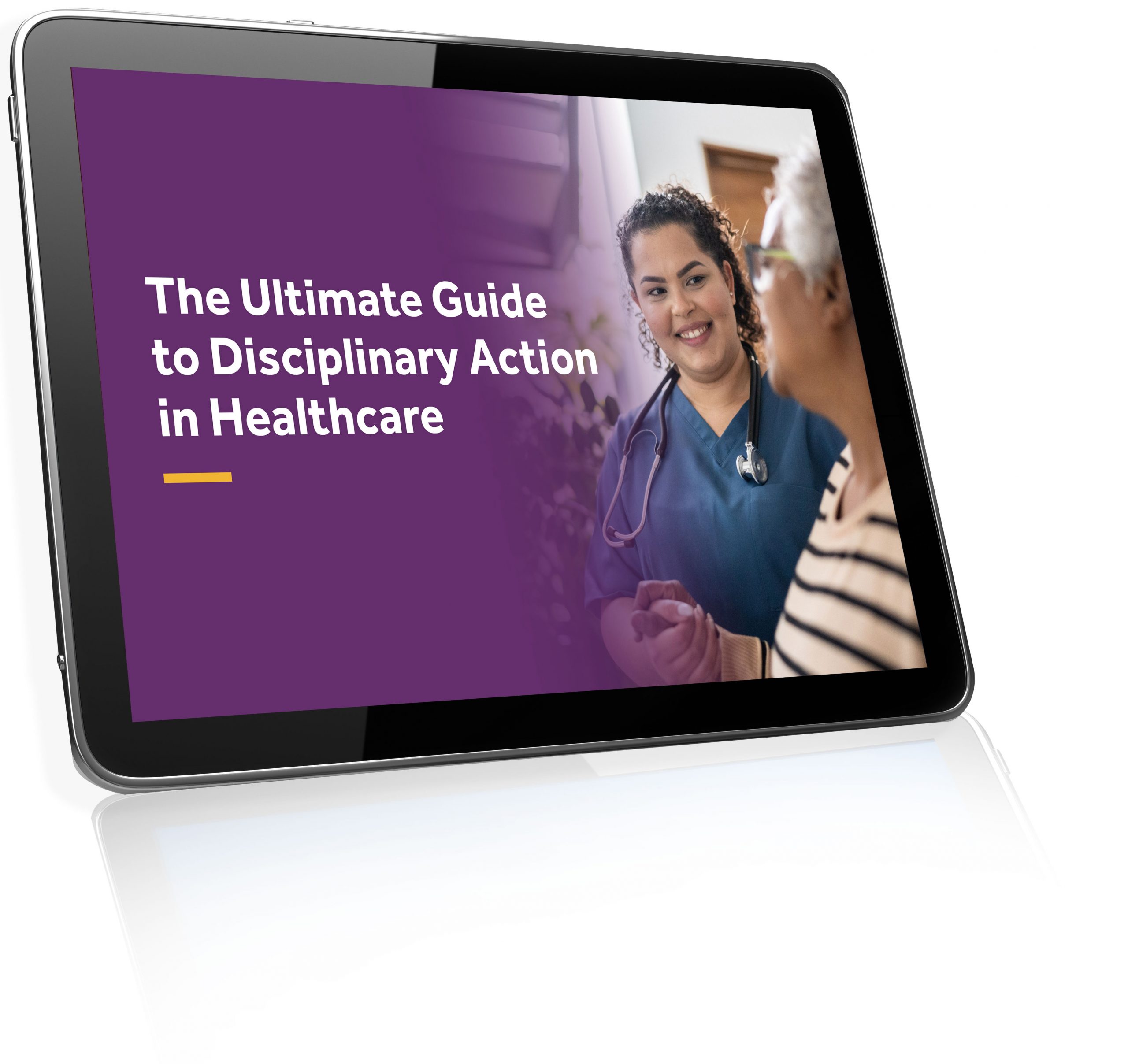
A Human Rights Commission survey of more than 2500 workers has revealed that 30% of workers in New Zealand have experienced at least one incident of sexual harassment behaviour over the past five years. A further 20% said they experienced frequent bullying behaviour in the past year. These figures paint a dismal picture of the workplace culture in New Zealand. For the first time, employers and employees alike are seeing behind the scenes and understanding the harsh realities of a poor workplace culture. Harassment, bullying, toxic work environments are factors that contribute to a poor and negative workplace culture. This understanding is also revealing the true cost of poor workplace culture.
Signs of poor workplace culture
Harassment- A workplace where employees feel harassed, disrespected is a toxic and poor work environment.
Bullying- When an employee is bullied by another employee, this suggests that the workplace culture has no boundaries or guidelines in place.
Negativity- A workplace where employees throw each under the bus, refuse to share credit, or indulge in gossiping can lead to negativity and is a sign of poor workplace culture.
Reasons for poor workplace culture
Poor company culture can be caused by several factors. It can be because employers are not concerned with effective communication, or the focus is on profit and not on employees and their wellbeing. Excessively masculine industries (such as construction) also contribute to poor workplace cultures. Sometimes business owners are unaware of their responsibilities or duties and this ignorance may lead to ineffective policies or systems in place.
Small business and workplace culture
Did you know that legislation in New Zealand requires you to be considerate of the psychological health of employees and keep them safe? When you’re at work, employers have an obligation, a duty of care to ensure you are safe and protected.
When employees work for a small restaurant or a shop, it’s not like working with a big organisation where you’ve got a human resources department. They can feel as if they have nowhere to go. One in five people have reported they don’t feel able to raise health and safety issues to their managers. Safety at work is a fundamental right and nobody should feel as if they don’t deserve to be safe or protected by their employers.
The onus lies on small business owners. We must lift the burden from the victim and employees and have everybody in the workplace take harassment, bullying, and toxic environments very seriously. A hands-on approach that creates a safe work environment can make employees feel protected and looked after. Employers should have effective and fair practices to address formal complaints if they are raised.

The Ultimate Guide to Disciplinary Action
Staff not doing the right thing in your business?
Costs of poor workplace culture
By understanding the impact of workplace culture on physical and mental health, we can gain insights into how a workplace determines our wellbeing. Workplace culture has an impact on employee mental health. Employees who report poor wellbeing, isolation, and negative feelings towards workplaces had higher levels of stress-associated hormones. The impact of poor workplace culture is not just limited to work. People can’t switch their feelings of depression or stress on and off. Their emotions seep into their personal lives causing a ripple effect on their families and communities.
Poor workplace culture creates lonely and depressed people. Employees who may be harassed or bullied at work also lose faith in themselves and the system. They struggle to focus and have difficulty in engaging in society. If an employee gets harassed at work, it doesn’t just affect them, it affects their colleagues and their team. If the harasser gets away without any consequences it allows others to believe there are no consequences to their harmful actions.
Research has suggested that harassment and bullying account for a quarter of worker’s compensation claims.
It is clear that business owners can’t afford to ignore toxic workplace culture if they wish to create a productive, sustainable, and successful work environment.
What can business owners do?
Lead by example- In a small business, employees often follow the lead of the employer. What kind of culture and behaviour are you encouraging? It would be worthwhile to review your interactions with your staff and customers and see if there are any habits worth tweaking.
Watch out for red flags- Be vigilant at the workplace. Watch out for red flags among employees or customers. Are they passing off rude comments as jokes or banter? Are they constantly mocking or teasing colleagues? Is their humour appropriate for the workplace?
Be prepared- As a business owner it can happen that things might go south, and you find yourself dealing with an investigation or bullying claim. It’s ideal to be prepared with policies and procedures in place. Employsure has resources and materials for business owners that can help them understand the nuances of different situations.
Know your duties- Even if your employee has harassed another employee, it is your duty to handle the investigation fairly. Understand your responsibilities and know your duties according to the government legislation.
